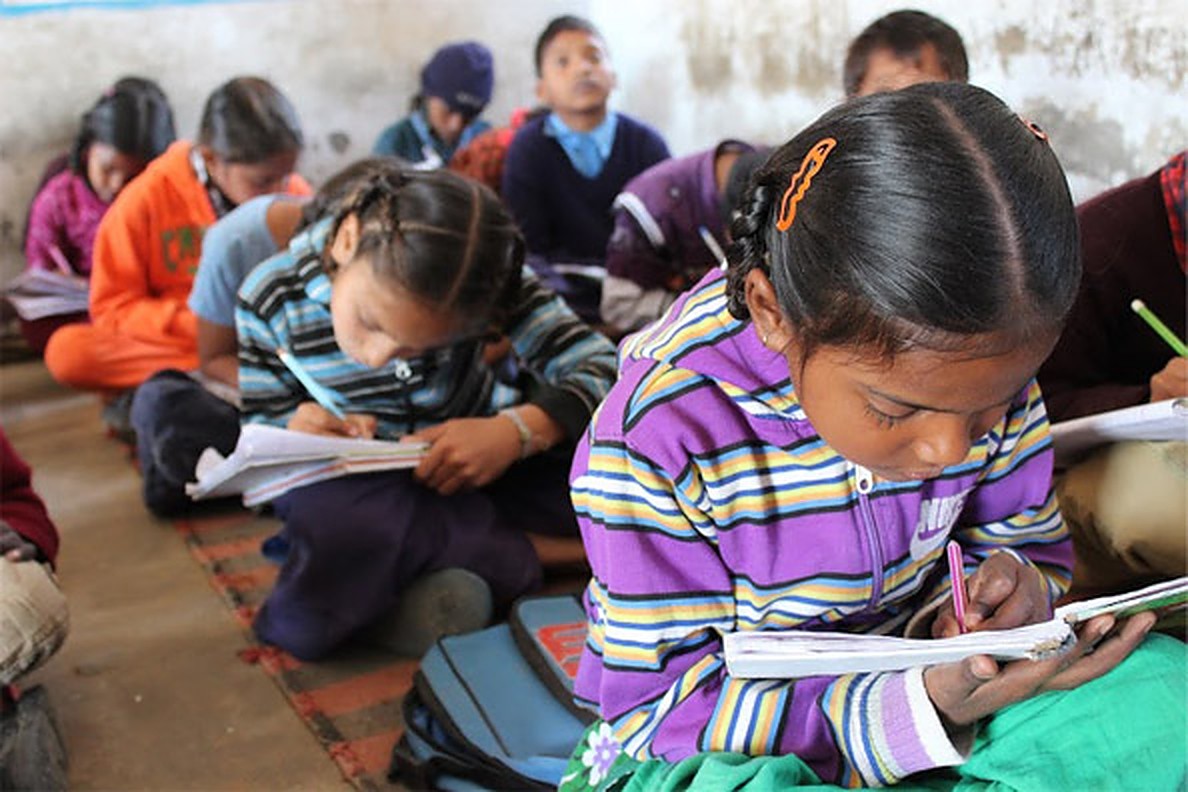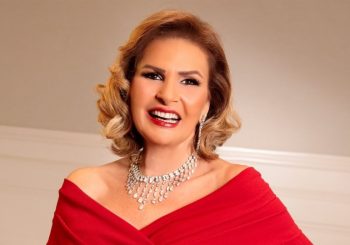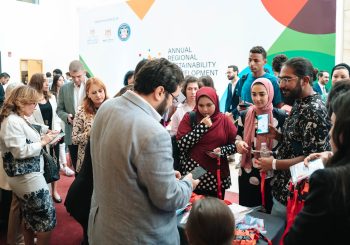In many parts of the world, educational equity remains a pressing issue. Poverty often hinders educational opportunities as families simply lack the financial means to pay for school tuition, books, or school uniforms, and eventually push their kids to work rather than attend school.
Poverty in Egypt is largely connected to regional disparities, as people living in rural areas suffer from higher levels of poverty, where 43.7 percent of the residents are income poor. This often results in higher levels of illiteracy, as Upper Egypt had the highest rates of illiteracy in 2017; Minya ranked first with 37.2 percent; followed by 35.9 percent in Bani Suef; 34.6 percent in Assiut; 34 percent in Fayoum and 33.6 in Sohag.
First, it is important to understand what is meant by ‘educational equity’. Rather than just giving everybody the same education, education equity is achieved by giving what people need in order to achieve the same outcome. In other words, it means ensuring that personal and social circumstances are not obstacles to achieving educational potential, as many kids often fall behind in the same education system due to overlooked personal struggles. Examples include family violence, socio-economic status, gender, or ethnic origin.
Based on Gonski Review’s recommendations, the review proposes to redefine how we set learning expectations in schools through a curriculum restructure, which measures increasing proficiency levels in a subject rather than in year levels. This approach would recognize the learning progress individuals make, whatever their starting points.
“The truth is that today, more than 50% of students in Grade 5 cannot read a Grade 2 text or solve a simple subtraction problem. The truth is that today, the socio-economic circumstances that a child is born into determines the type of school she attends, the kinds of co-curricular opportunities that are available to her, the quality of life outcomes she attains as an adult, and the kinds of opportunities she passes on to her own children,” Teach for India states on its website.
Here are five project ideas that were implemented around the world to improve education equity:
1. Pratham
Established in 1995, Pratham focuses on addressing gaps in the education system for children in the slums of Mumbai. The NGO developed the ‘Teaching at the right level (TaRL)’ approach, which aims to build foundational skills in math and reading for all children before exiting primary school. It works by assessing children’s learning levels and grouping children based on learning levels rather than age or grade, as well as focusing on foundational skills rather than solely on the curriculum. The method helped improve learning opportunities for over 60 million students in India and Africa.
2. Tostan
Tostan, which means “breakthrough” in Wolof (a language indigenous to West Africa), uses a three-year, non-formal education program that puts rural communities in charge of their own futures and is more tailored to their circumstances.
In the first phase of classes, students ranging from adolescents to children are introduced to basic human rights concepts and health practices through traditional and non-formal teaching methods. The second phase focuses on reading and mathematical literacy, as well as project management and income-generation. The method’s effectiveness is rooted in its focus on the communities’ needs and challenges, such as female genital mutilation, which it helps to combat through its classes on human rights.
3.Fundación Escuela Nueva
Fundación Escuela Nueva is a Colombian NGO founded in 1987 by the authors of the Escuela Nueva model, which makes use of a flexible curriculum focused on a cooperative, active, and participatory learning methodology where students can advance at their own learning pace. Fundación Escuela Nueva (FEN)’s original model included topics in social skills and peace education, and recently added entrepreneurship, leadership and 21st century skills to the curriculum. It also seeks to build strong relationships between schools and their surrounding communities. School activities incorporate the local culture and encourage community members to get involved.
4. Teach for India
To connect vulnerable communities with the larger education system, ‘Teach for India’ provides an opportunity for India’s brightest individuals from the nation’s best universities and workplaces to serve as full-time teachers to children from low-income communities in some of the nation’s most under-resourced schools.
With this experience of teaching in these communities, the teachers get exposed to the grassroots realities of India’s education system and begin to cultivate the knowledge and strategies necessary to build a larger movement for equity in education and call for change.
In the longterm, the organization builds a network and movement with teachers, school principals, curriculum designers, and education policy researchers, journalists, lawyers, health experts, entrepreneurs, and corporate leaders, to build a broad people’s movement for educational equity.







Comments (0)